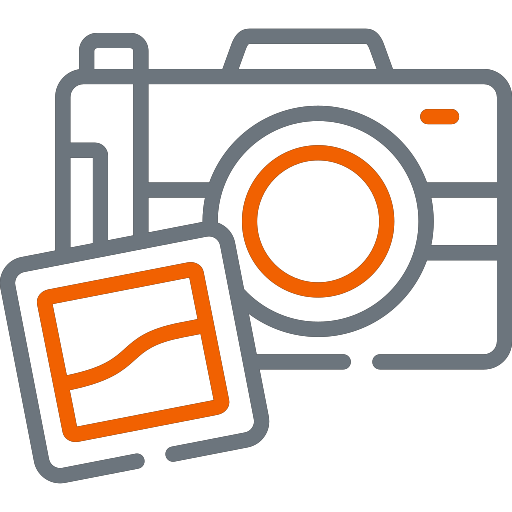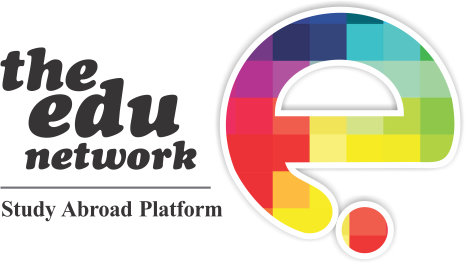Bachelor of Arts in Illustration
3.5 Years Full Time Design And Photography
EUR 34650
Design And Photography
EUR 34650
Scholarship
Specializations
- Arts and Design
Fees Details
| Year | Name | Fees | Total |
|---|---|---|---|
| 1st Semester | Tution Fee | EUR 4950 | 4950.0 |
| 2nd Semester | Tution Fee | EUR 4950 | 4950.0 |
| 3rd Semester | Tution Fee | EUR 4950 | 4950.0 |
| 4th Semester | Tution Fee | EUR 4950 | 4950.0 |
| 5th Semester | Tution Fee | EUR 4950 | 4950.0 |
| 6th Semester | Tution Fee | EUR 4950 | 4950.0 |
| 7th Semester | Tution Fee | EUR 4950 | 4950.0 |
Required Documents
- Passport Copy
- Passport Photo
- Passport Size Photo
- 12th Marklist/Equivalent
- 10th Marklist
- Proof of English Proficiency Test
Admission
Intakes
| Starting Date | Application Deadline | Status |
|---|---|---|
| 2026-10-01 00:00:00.000 | 2026-08-01 00:00:00.000 | Active |
Eligibility
For more Details , Please click on this link : https://www.srh-berlin.de/bachelor/studium-illustration-berlin/
Admission Process
Step 1: Application along with supporting documents will be processed on TEN Agent portal.
Supporting documents:
You must always submit your documents in the official language of the country where you studied. If this language is not English, you must also provide an official translation.
Step 2: Admission decision
We will notify you of our admission decision within 10 working days after receiving your application.
Step 3: Accepting our Offer of Admission:
In case of your acceptance, we will provide you with an unconditional offer letter as well as two copies of your study contract. One copy needs to be signed and returned within four weeks to secure your spot on the programme. You should keep the other copy for your own records.
Step 4 : Once you have accepted Offer of Admission, we will produce an admissions letter confirming your place on the programme.
If you are a non-EU national, you are required to apply for a student visa in order to start your studies in Germany. To obtain admissions letter from SRH University of Applied Sciences to support your visa application, you will need to take the following steps:
1. Send us your signed study contract
2. Transfer your tuition fee Deposit .
Step 5: Apply for your student visa.
Syllabus
For more Details , Please click on this link : https://www.srh-berlin.de/bachelor/studium-illustration-berlin/
Description
A picture says more than a thousand words and is the central medium of communication in the BA Illustration course. Here you will learn how to draw stories and convey messages through pictures. You develop an understanding of the interaction of image and text and learn methods and techniques of research, conception and visual implementation. Based on the basic building blocks of storytelling, you will develop your own designs for a variety of illustration tasks - from graphic novels to children's books.
Analogue printing processes such as screen printing, risography and etching are just as much a part of the lessons as working with digital tools and software, typography, editorial design and editorial illustration. You transport your illustrations into three-dimensional space, let them interact with their surroundings and help shape the illustrative solutions and possibilities of tomorrow. Working with real clients and regular visits to illustration and animation studios will give you impressive insights into professional practice at an early stage.
Visa
You must always submit your documents in the official language of the country where you studied. If this language is not English, you must also provide an official translation. This translation should be in English.
- High school certificate
- Letter of motivation (1 page)
- CV/résumé
- Recent passport size photograph (professional, in colour with bright background)
- Proof of English language proficiency
- Completed application form.
- For more information , Please click on this link : https://www.vfsglobal.com/en/individuals/index.html
All Courses (33 )
- Applied Computer Science
- Bachelor of Arts in Advertising & Brand Design
- Bachelor of Arts in Audio Design
- Bachelor of Arts in Creative Industries Management
- Bachelor of Arts in Creative Writing & Copywriting
- Bachelor of Arts in Film & Motion Design
- Bachelor of Arts in Illustration
- Bachelor of Arts in International Business Administration
- Bachelor of Arts in International Business Administration Healthcare Management
- Bachelor of Arts in International Hotel Management
- Bachelor of Arts in Music Production
- Bachelor of Arts in Photography
- Bachelor of Arts in User Experience Design
- Bachelor of Engineering in Applied Mechatronic Systems B.Eng.
- Bachelor of Music in Popular Music
- Bachelor of Science in Business Psychology
- Bachelor of Science in Computer Science
- Bachelor of Science in Web Development
- Executive MBA General Management
- Global Hospitality Management
- M.A In International Business Healthcare Management
- Master in Mobility and Automotive Industry
- Master of Arts in Film, Television and Digital Narratives
- Master of Arts in International Management
- Master of Arts in International Management Creative Leadership
- Master of Arts in Photography
- Master of Arts in Social Design & Sustainable Innovation
- Master of Arts in Strategic Design
- Master of Business Administration in General Management
- Master of Business Administration in International Human Resource Management
- Master of Engineering in Information Technology Artificial Intelligence
- Master of Science in Supply Chain Management
- Supply Chain Management

